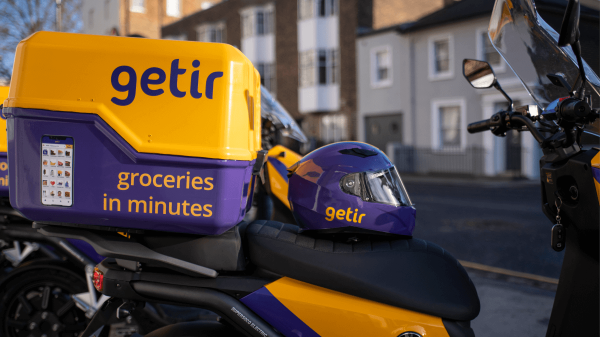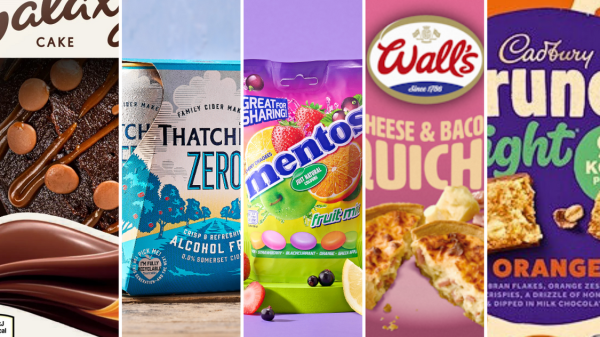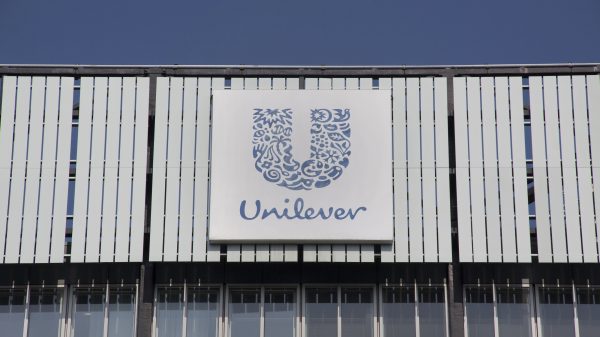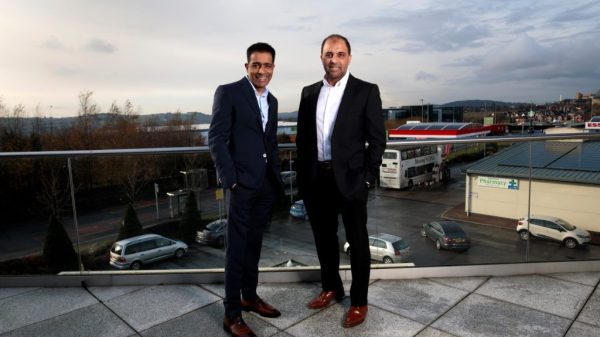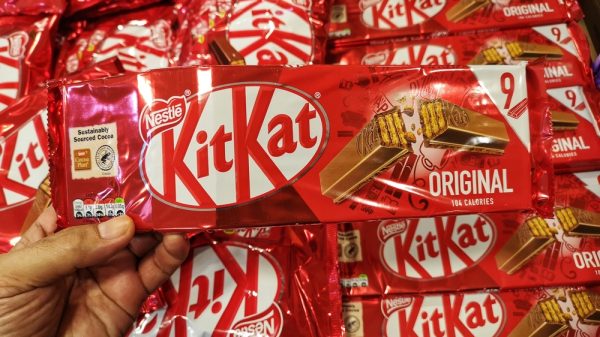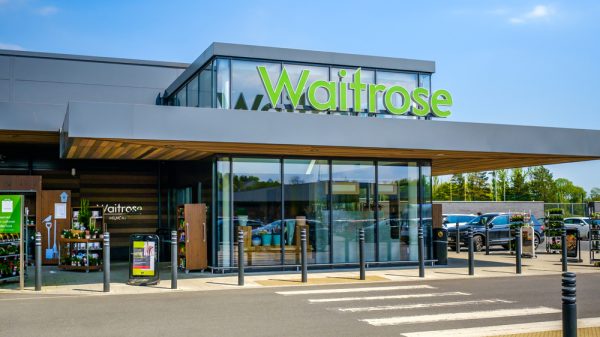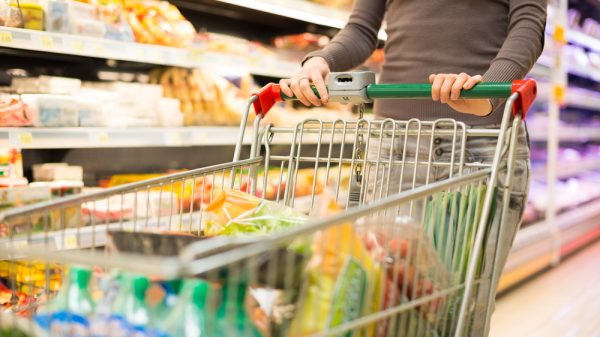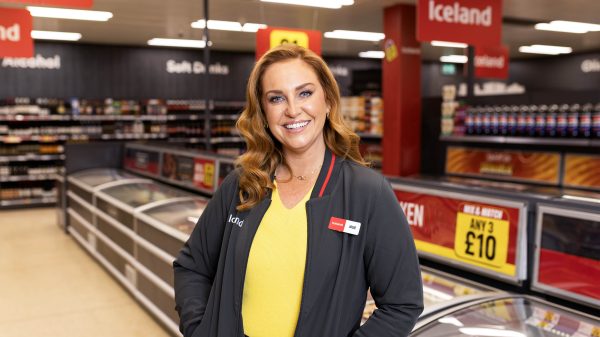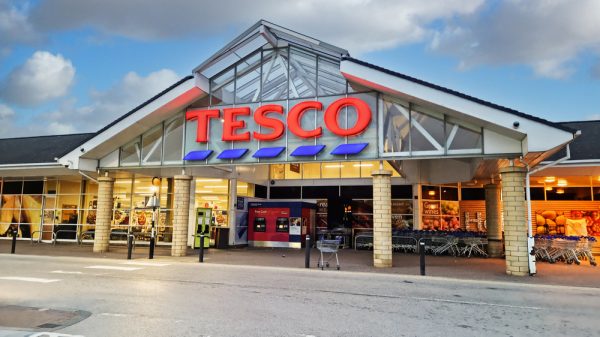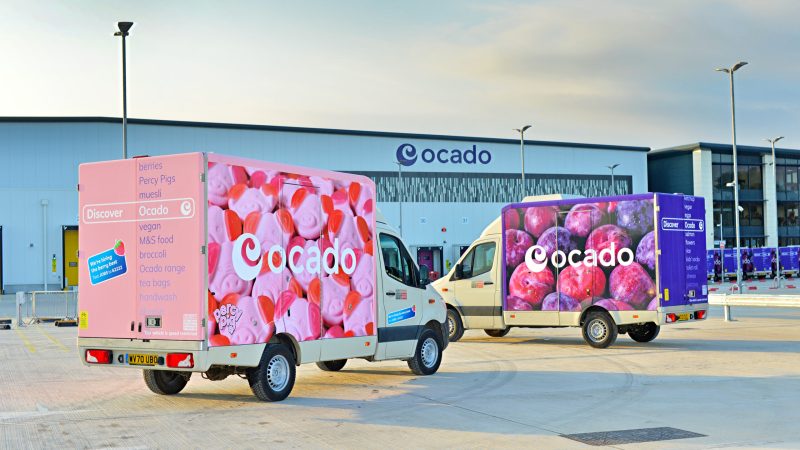January is traditionally a month for putting resolutions to work and with the tenth ‘Dry January’ now in full swing, customer demand for no and low alcohol options are at an “all-time high”, according to Waitrose buyer for the category, Sarah Holland.
With almost nine million people taking part in the initiative this year, according to charity Alcohol Change UK (founders of the Dry January movement), more people than ever before are up for the challenge of reducing their alcohol intake for a 31-day period.
Sober curiosity is so high in fact, that upmarket retailer Waitrose saw a surge in demand for alcohol-free alternatives even before January officially began, leading it to predict than more people than ever before be kicking off 2023 hangover-free.
The supermarket found that sales of low alcohol drinks were already up by almost a third (31%) in the last week of December, as people prepared to see in the new year.
With the alcohol-free trend becoming increasingly popular, Waitrose buying team reveals what is causing the surge in no alcohol sales and how they plan to maintain supply and meet demand throughout the rest of the year.
Subscribe to Grocery Gazette for free
Sign up here to get the latest grocery and food news each morning
The low/no alcohol growth potential
According to statistics from Waitrose, low and no alcohol wine sales have seen the biggest increase with demand up by 46%, twice the amount sold in 2020; demonstrating that there is now both an acceleration in people’s changing habits and a wider array of options to choose from.
Spirits and beers came in second and third place, enjoying a boost of 31% and 25%, respectively. This represents a jump in sales of wine of 41%, and an increase for beer at 16%, compared to the same time last year.
Wine buying manager for Waitrose, Jamie Matthewson, revealed that he is seeing people mix and match in the same evening; raising a traditional glass or three, before switching to alcohol-free drinks later in the night.
“While there’s a noticeable trend among younger people, it certainly isn’t exclusive to any age bracket. It’s about drinking responsibly and finding what works for you. Some people may choose to forgo [alcohol] completely, while others may opt for lighter options during the week,” Matthewson said.
It comes as the trend continues to make waves across social media, with the #AlcoholFree hashtag racking up more than 1.5 billion views on TikTok alone.
“Customer demand for no and low alcohol is at an all-time high, so we’re really excited to be offering more options than ever, having expanded our range by almost 20% in the past year,” no and low alcohol buyer for Waitrose, Sarah Holland said.
“Instead of having six drinks in an evening, someone might have three alcoholic drinks and three non-alcoholic drinks,” she added.
The growing demand for ‘low and no’ alcohol options
While it may be the driest January to date, the retail industry is facing a particularly difficult challenge at the moment with the backdrop of the cost-of-living crisis.
The UK hospitality sector has been battling with soaring energy costs, rising food prices due to spiraling inflation and weakened consumer demand throughout 2022, resulting in around 32 pubs closing each month in England and Wales. However, there might be some respite.
According to a survey by YouGov, more than 15% of Britons intend to follow ‘Dry January’ and abstain from drinking alcohol this month. But the rising popularity of sober curiosity among drinkers may not be bad news for pubs and bars.
Many pub-goers are still turning up to their locals and ordering ‘low or no’ alcohol options, with 29% of pub visits becoming alcohol-free, according to a report published by the British Institute of Innkeeping (BII) last summer.
At this current rate of acceleration, Britain’s low and no alcohol segment could be worth over £450m by 2024, a report by The Times has revealed.
Furthermore, one in five (21%) of people would opt for non-alcoholic beer as their drink of choice at a social event, new research by the Budweiser Brewing Group UK&I has found. Out of the people surveyed by the world’s largest brewer, 19% of those aged between 25 – 44 say that they will be cutting back on their alcohol consumption for January.
The data also revealed that over 1 in 4 UK adults (27%) find pubs, clubs and bar visits “tough” when not drinking alcohol.
For Budweiser however, the brewer has made significant progress to lead the category with its portfolio of no-and-low alcohol beer, including Stella Artois Alcohol-Free, Budweiser Zero, Beck’s Blue, Leffe 0.0 and Corona Cero – all of which are sold in Waitrose.
Are sales likely to continue on an upward trend?
“No and low alcohol options aren’t just for those who don’t drink or are taking part in Dry January, they’re also great for customers who want to moderate their alcohol intake,” Holland continued.
“We definitely see low and no alcoholic products as a trend that will continue all year round,” she added. Because of the fact that “we’re seeing an increasing number of pubs and bars have alcohol free sections on their menus and more and more customers are asking for non-alcohol options.”
Holland added that when ‘Dry January’ has ended in previous years, Waitrose would often see a drop off in alcohol-free demand come February.
“This year we’re expecting that drop off to be much less noticeable as people realise that the quality of non-alcoholic options is on par with their alcoholic counterparts. Not only that, but as a society we’re becoming more focused on health and moderating our alcohol plays a huge role in that.”
Due to the category still being in its infancy, the retailer has tried a variety of different ranges to test what their customers like.
“Over the summer months, we saw huge sales from our no/low range and in some cases we find that the no/low alternative of a brand sells more than its alcohol version,” Holland said.
“When it comes to beer, we think the brand recognisability gives our customers confidence when choosing a non-alcoholic option. We definitely expect to see spirits and wine to follow suit. I would say that beer is the leader when it comes to alcohol free drinks.
“We’ve recently added Clean.Co’s Clean W Non-Alcoholic Whiskey Replacement as an exclusive to our non-alcohol spirits range, as more customers seek to experiment with mock cocktails,” she added.
As it is still a fairly new market, Waitrose currently has only one own-brand line, the Low Alcohol Cider 1%. Holland expects this to grow over time.
While under-30s remain a real “driving force” for moderating alcohol consumption, Waitrose is seeing older age groups becoming interested in looking at new ways to cut back on their drinking as well.
Ultimately, while people are using low and no alcohol as a way of moderating their drinking, it is widely predicted that the UK will see rising trend of low alcohol consumption throughout the year. It’s time for the dry January challenge to go round the clock.

